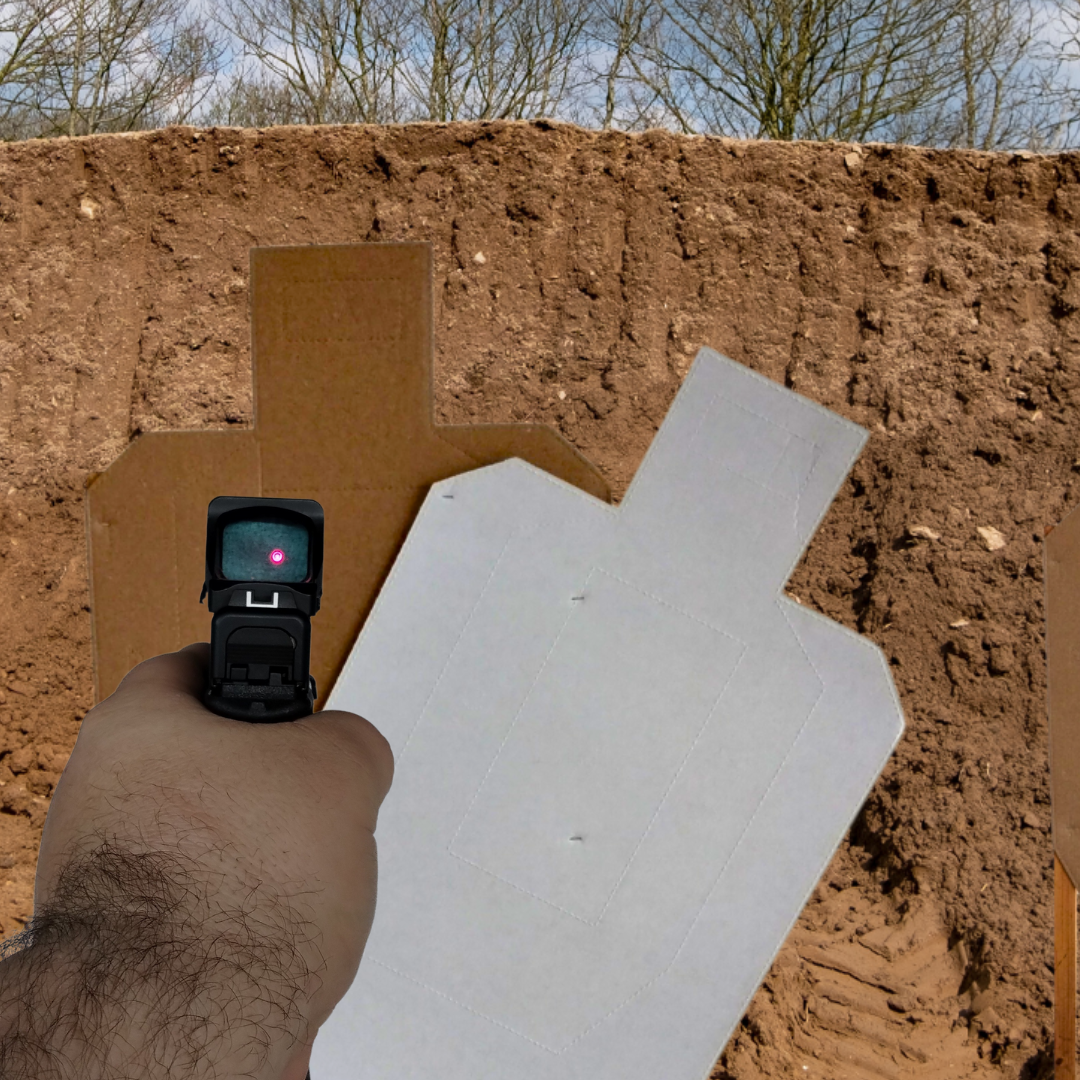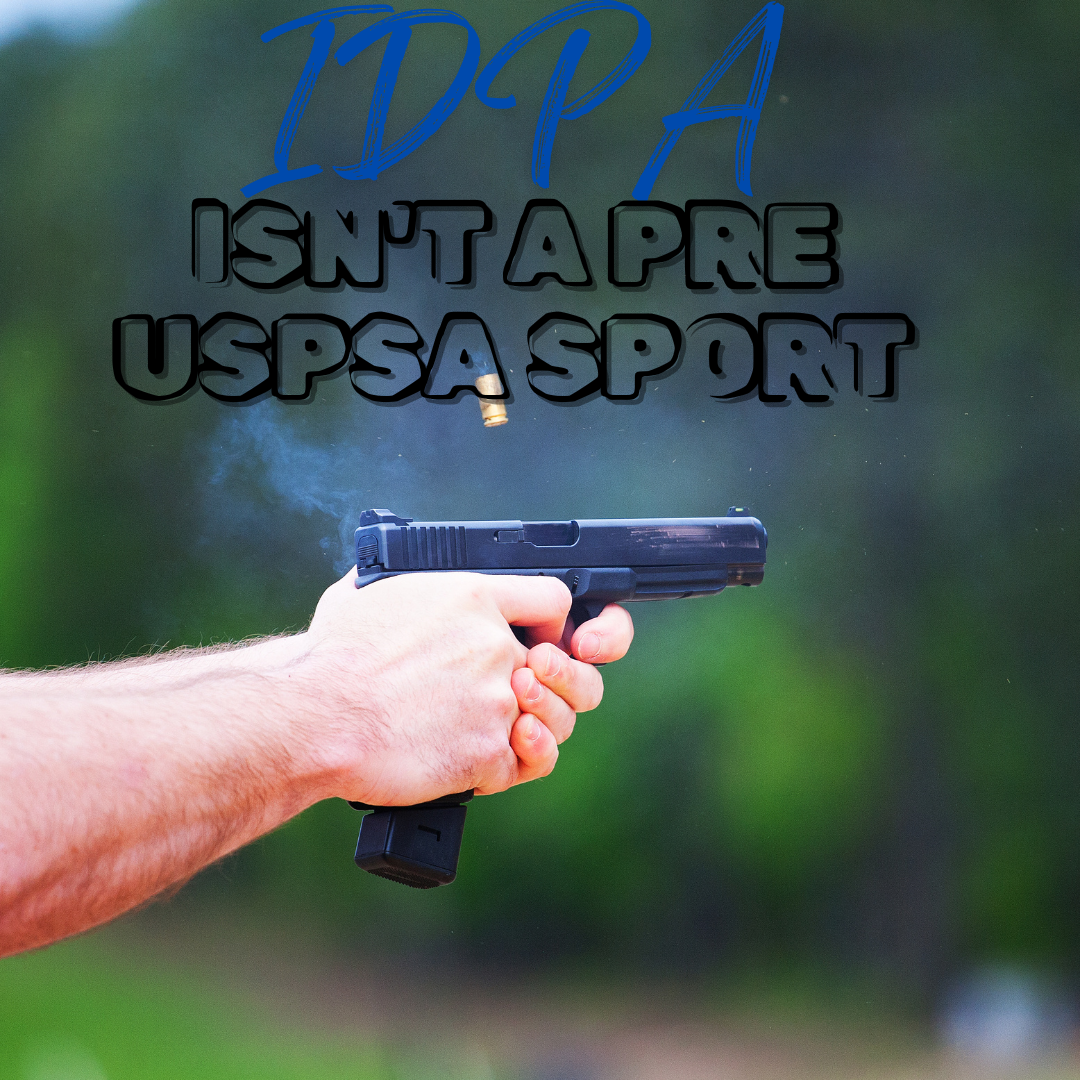
The Canik TP9 MOD2: A Budget-Friendly Powerhouse
The Canik TP9 MOD2 is a 4.5-inch duty/full-size firearm that punches well above its weight. With a remarkably affordable price tag, it boasts features typically found in guns that cost twice as much. Today, we’ll dive into what makes the Canik TP9 MOD2 is a choice for both everyday carry and competitive shooting.
Features and Specifications
One of the most intriguing aspects of the TP9 MOD2 is its unique decocking mechanism built into the slide. While this feature might seem unconventional, it adds an extra layer of safety and versatility. The pistol is equipped with a U-notch rear sight and a white dot front sight, providing a clear and easy-to-acquire sight picture. Interchangeable backstraps allow for a customizable grip, and the texture of the grip itself is decent, offering a solid hold during use.
Thanks to its well-thought-out design and comprehensive feature set, the TP9 MOD2 is an ideal candidate for IDPA SSP/ESP or USPSA Production divisions.

Compatibility and Aftermarket Support
One of the significant advantages of the Canik TP9 MOD2 is its compatibility with the existing TP9 platform. This means that magwells, backstraps, base pads, and trigger components are all interchangeable. Most springs, including the extractor spring, can be easily swapped out. Canik even offers a 90-degree trigger, similar to those found in rival pistols, for shooters who prefer a flat-faced trigger. While there are a few aftermarket options available, the support for the TP9 platform makes it easier to find upgrades and replacements.
-
Product on sale
 Canik ULTIMATE Pro Competition Trigger KitOriginal price was: $59.99.$49.99Current price is: $49.99.
Canik ULTIMATE Pro Competition Trigger KitOriginal price was: $59.99.$49.99Current price is: $49.99. -
Product on sale
 Canik Enhanced Extractor SpringOriginal price was: $15.99.$9.99Current price is: $9.99.
Canik Enhanced Extractor SpringOriginal price was: $15.99.$9.99Current price is: $9.99. -
Product on sale
 Canik Striker Spring$19.99 – $49.99
Canik Striker Spring$19.99 – $49.99
Holster Availability
One minor drawback is the limited availability of holsters for the TP9 MOD2. Despite being on the market for a while, finding the right holster can be challenging. it does come with a OWB paddle holster i guess you would call it. Currently, you’re mostly limited to manufacturers like We The People, Black Scorpion Gear, and possibly some sellers on Etsy. However, we’ve tested holsters from these companies and found them to be reliable and effective for shooting matches. Every day carry or like a holster for security gaurd who selects this gun might be more challenging find.
Performance and Trigger
Our particular TP9 MOD2 came out of the box with an impressive 4lb 10oz trigger pull, which was a pleasant surprise. While not all TP9 MOD2s may have such a light trigger, this shows the potential for quality straight from the factory. In comparison, we’ve seen TP9SFX models with trigger pulls closer to 6lbs.
Final Thoughts
Having spent considerable time behind various Canik models while developing parts for them, we’ve come to appreciate their feature-rich platforms. With a bit of tender loving care, the TP9 MOD2 can become a range favorite. Whether you love them or hate them, Canik pistols offer an impressive blend of affordability, functionality, and customization options that make them a compelling choice for both new and experienced shooters.























 As an instructor, former MD, and competitor, I have noticed that one thing remains the same from beginner to advanced shooters. What is most comfortable in YOUR hands will be the most comfortable and consistent for YOU to shoot. In turn, on a topic of growth, you'll find a more direct correlation of progress with a gun that is naturally comfortable to you over something that isn't. Don't expect a price tag to produce progress you haven't worked for! But also remember reliability is equal as well; it must work as well as be comfortable, whether it is a $500 Glock or $5,000 2011. Guys and Gals have won championships with everything from Glocks, Sigs, Walthers, Caniks, and 2011s. So, remember, the type of gun used doesn't make the shooter, but the connection between gun and shooter can. One saying I always loved was, "Go ahead and get that 2011; someone out there is still going to beat you with a plastic gun". This means that someone who's comfortable with that plastic gun will not succumb to your new imaginary skills just because you finally own that 2011 you're not yet comfortable with.
As an instructor, former MD, and competitor, I have noticed that one thing remains the same from beginner to advanced shooters. What is most comfortable in YOUR hands will be the most comfortable and consistent for YOU to shoot. In turn, on a topic of growth, you'll find a more direct correlation of progress with a gun that is naturally comfortable to you over something that isn't. Don't expect a price tag to produce progress you haven't worked for! But also remember reliability is equal as well; it must work as well as be comfortable, whether it is a $500 Glock or $5,000 2011. Guys and Gals have won championships with everything from Glocks, Sigs, Walthers, Caniks, and 2011s. So, remember, the type of gun used doesn't make the shooter, but the connection between gun and shooter can. One saying I always loved was, "Go ahead and get that 2011; someone out there is still going to beat you with a plastic gun". This means that someone who's comfortable with that plastic gun will not succumb to your new imaginary skills just because you finally own that 2011 you're not yet comfortable with.


 Why would someone dry fire every day, even for only a few minutes? I will cover some reasons for doing this and the skills I prioritize. All of this comes from the perspective of a competitive shooter who wants to develop the skills and confidence to perform at the top end of my ability, on demand, in competition. First, the specific skills I practice and how I train them matter far less than the regularity with which I handle the pistol. Training every day builds a deep familiarity and connection to the gun, allowing me to look at a small spot and present the dots/sights to that spot without thinking specifically about how to do this. That is the main benefit of handling my competition pistol every day, regardless of whether it’s for 5 minutes or 50.
Why would someone dry fire every day, even for only a few minutes? I will cover some reasons for doing this and the skills I prioritize. All of this comes from the perspective of a competitive shooter who wants to develop the skills and confidence to perform at the top end of my ability, on demand, in competition. First, the specific skills I practice and how I train them matter far less than the regularity with which I handle the pistol. Training every day builds a deep familiarity and connection to the gun, allowing me to look at a small spot and present the dots/sights to that spot without thinking specifically about how to do this. That is the main benefit of handling my competition pistol every day, regardless of whether it’s for 5 minutes or 50. The skills I maintain focus on developing are simple: draws, reloads, and target transitions. There are obviously variations to all of these skills; for example, the draw is not always “wrists below the belt,” but it could be a table start or hands starting on a wall; this principle of variety applies to any skill in working on. Overall, Allowing myself the opportunity to train every day without the pressure to have an entire 45-minute session makes it far more likely that I actually handle the pistol every day. Often, these shorter sessions become longer or even an additional dry fire session later in the day. Maintaining daily gun handling skills over Extended periods, such as years, has only had a positive impact on my shooting, and I’m sure it would be for anyone who wants to get better at shooting.I currently use the full-size 5” Walther PDP steel frame with a 14-pound flat wire spring and the Rune Tactical guide rod. I use CR speed for my belt and magazine pouches. I use a GX products Vice on a BOSS hanger for my holster.
The skills I maintain focus on developing are simple: draws, reloads, and target transitions. There are obviously variations to all of these skills; for example, the draw is not always “wrists below the belt,” but it could be a table start or hands starting on a wall; this principle of variety applies to any skill in working on. Overall, Allowing myself the opportunity to train every day without the pressure to have an entire 45-minute session makes it far more likely that I actually handle the pistol every day. Often, these shorter sessions become longer or even an additional dry fire session later in the day. Maintaining daily gun handling skills over Extended periods, such as years, has only had a positive impact on my shooting, and I’m sure it would be for anyone who wants to get better at shooting.I currently use the full-size 5” Walther PDP steel frame with a 14-pound flat wire spring and the Rune Tactical guide rod. I use CR speed for my belt and magazine pouches. I use a GX products Vice on a BOSS hanger for my holster.







